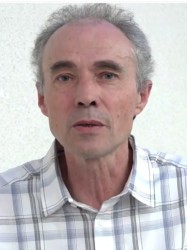BibTex format
@article{Anand:2020,
author = {Anand, U and Jones, B and Korchev, Y and Bloom, S and Pacchetti, B and Anand, P and Sodergren, M},
journal = {Journal of Pain Research},
pages = {2269--2278},
title = {CBD effects on TRPV1 signaling pathways in cultured DRG neurons},
url = {http://hdl.handle.net/10044/1/82342},
volume = {2020},
year = {2020}
}

